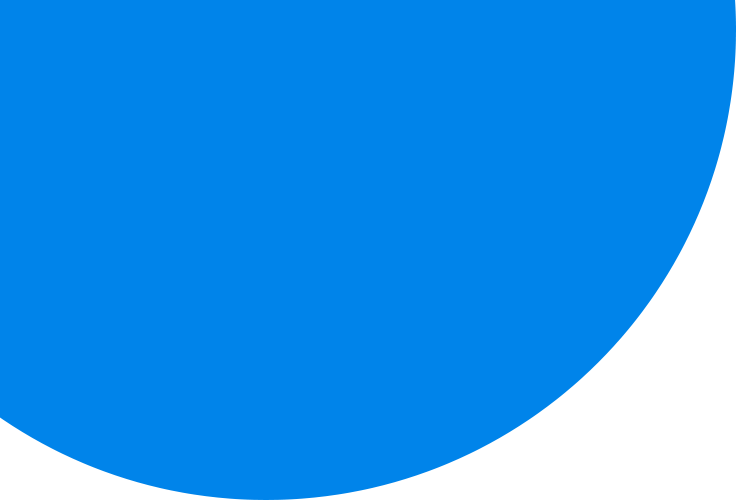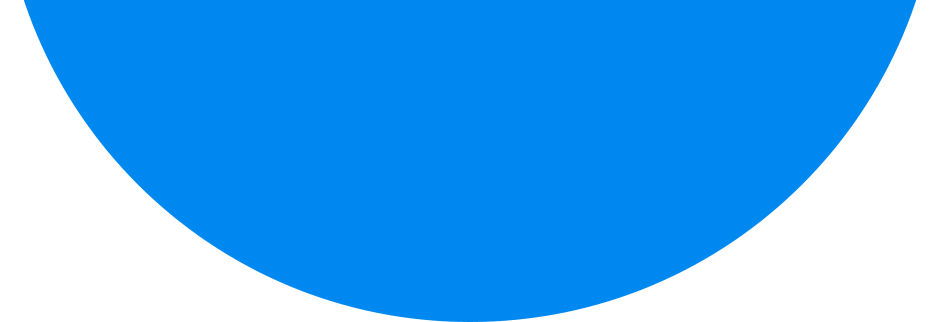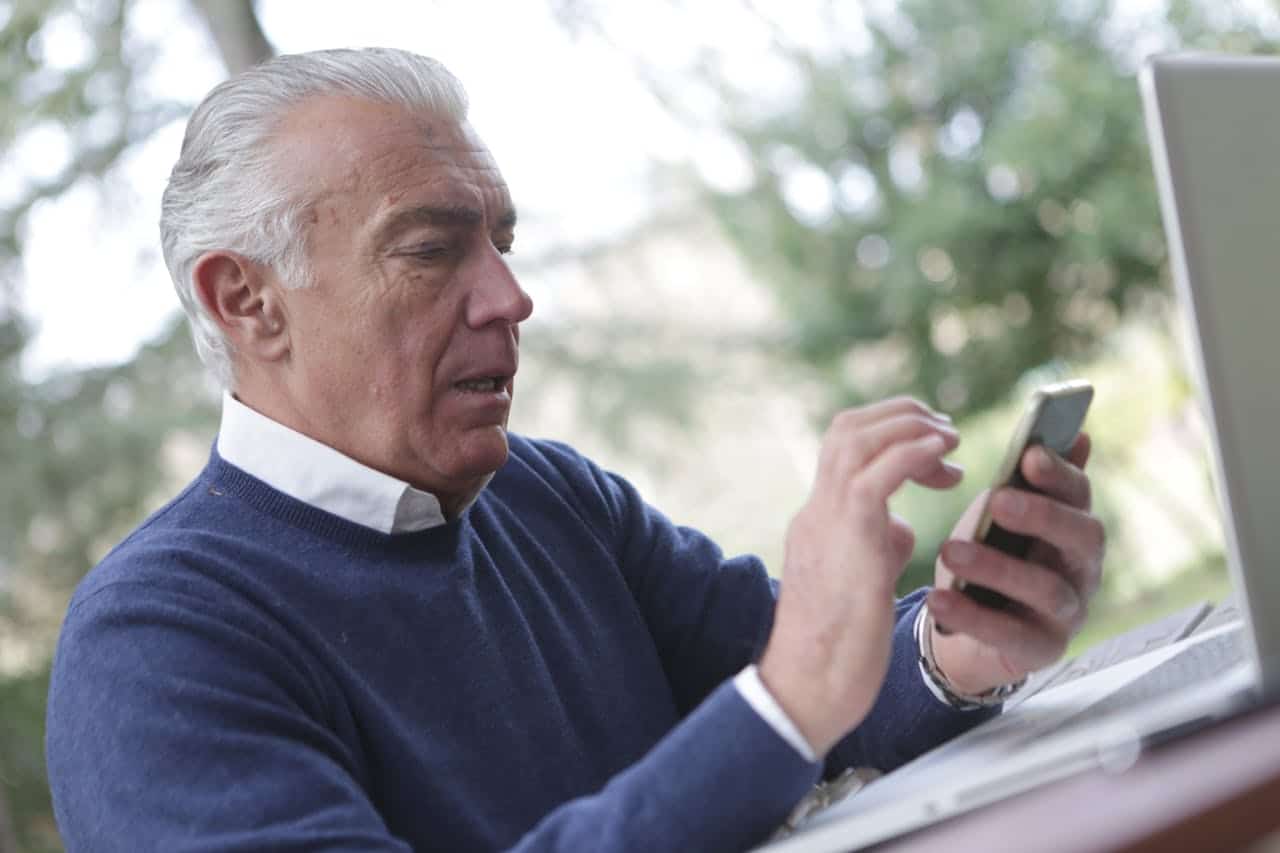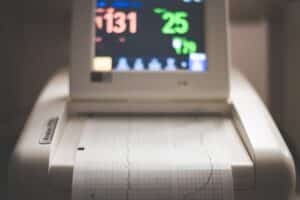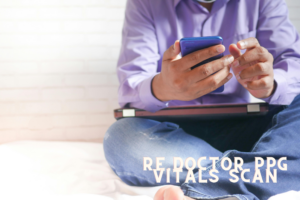How RE.DOCTOR Technology is Transforming Healthcare
The healthcare industry is undergoing a period of significant transformation. As technology continues to evolve, we’re seeing a shift towards more patient-centric care models. One of the most promising advancements in this area is remote patient monitoring (RPM).
What is Remote Patient Monitoring?
Remote patient monitoring (RPM) is the use of digital technologies to collect medical data from patients outside of a traditional clinical setting. This data can include everything from vital signs (blood pressure, heart rate, oxygen saturation) to weight, blood sugar levels, and even patient-reported outcomes (PROs) like pain scales and mood trackers.
The Benefits of Remote Patient Monitoring
RPM offers a range of benefits for both patients and healthcare providers. Here are some of the key advantages:
- Improved patient outcomes: RPM allows for early detection of potential health problems. By continuously monitoring key health metrics, clinicians can identify trends and intervene before a patient’s condition worsens. This can lead to better overall patient outcomes and a reduction in hospital admissions.
- Enhanced patient engagement: RPM empowers patients to take a more active role in their own health care. By providing them with the tools and resources to track their health data, patients can feel more in control of their well-being.
- Reduced healthcare costs: RPM can help to reduce healthcare costs by preventing unnecessary hospital admissions and emergency room visits. Additionally, by allowing for early intervention, RPM can help to avoid the need for more expensive treatments down the line.
- Improved care coordination: RPM can improve care coordination between patients, providers, and caregivers. By providing a centralized platform for sharing health data, RPM can streamline communication and ensure that everyone involved in a patient’s care is on the same page.
How Does RE.DOCTOR’s Technology Work?
RE.DOCTOR is a company that offers a comprehensive RPM platform. Their technology is designed to be easy to integrate into existing apps and websites, making it a user-friendly solution for both patients and providers.
Here’s a glimpse into how RE.DOCTOR’s technology works:
- Data collection: Patients can use a variety of devices to collect health data, including wearable sensors, mobile apps, and traditional medical devices.
- Data transmission: The collected data is transmitted securely to a central cloud-based platform.
- Data analysis: The platform analyzes the data and generates reports that can be used by clinicians to track patient progress and identify any potential health concerns.
- Alerts and notifications: The platform can be configured to send alerts and notifications to clinicians if a patient’s health data falls outside of predetermined parameters.
The Future of Remote Patient Monitoring
Remote patient monitoring is still a relatively new technology, but it has the potential to revolutionize the way healthcare is delivered. As RPM technology continues to evolve, we can expect to see even more innovative applications emerge. For example, we may see RPM being used to manage a wider range of chronic conditions, as well as to provide remote care for patients in rural or underserved areas.
Conclusion
Remote patient monitoring is a powerful tool that can improve patient outcomes, reduce healthcare costs, and empower patients to take a more active role in their own health. As technology continues to advance, we can expect to see RPM play an increasingly important role in the future of healthcare.

